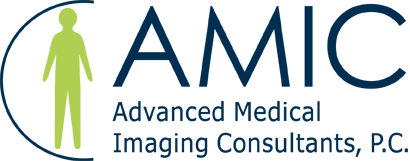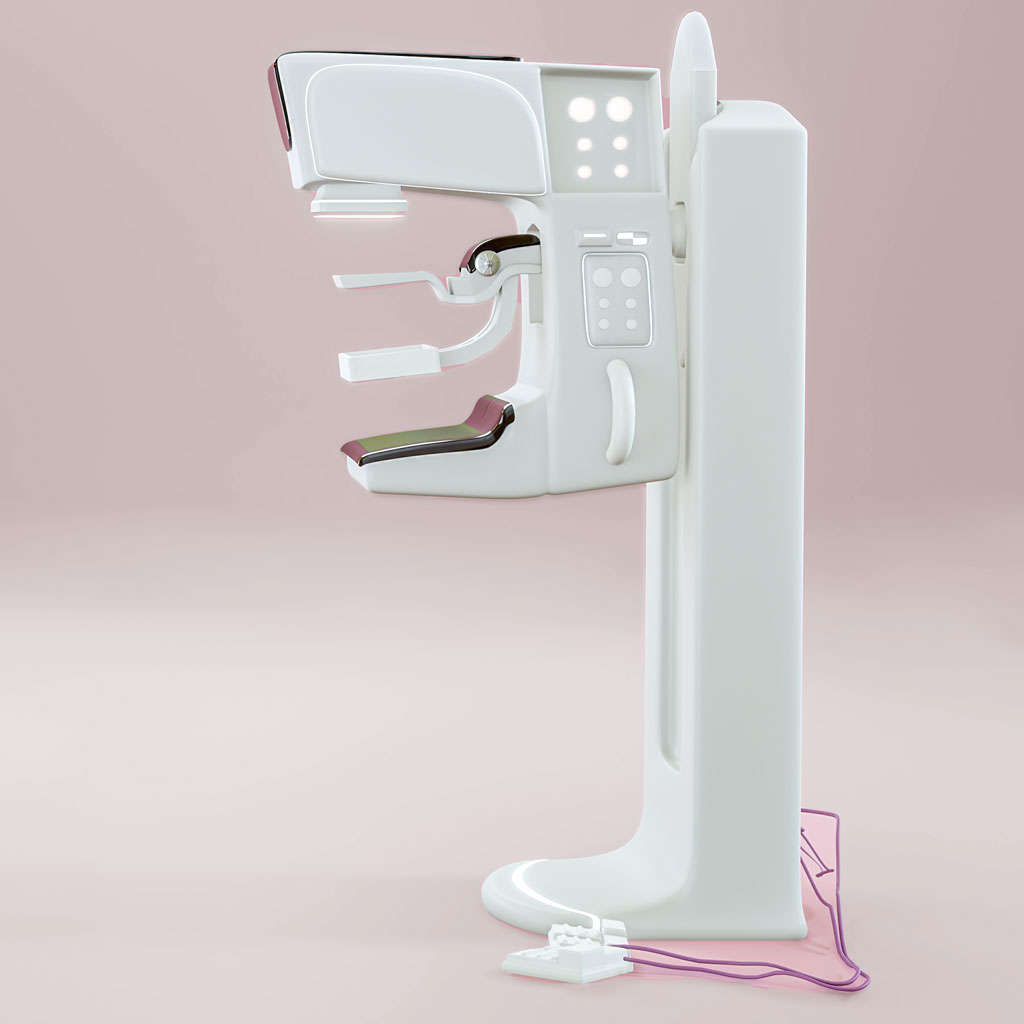Protecting your health is important, and few tools are as powerful as a mammogram. This simple imaging test can catch breast cancer in its earliest stages. But if you’ve ever wondered about mammogram screening guidelines, when to start getting mammograms, how often to schedule them, or why they’re so important, you’re not alone. Breast cancer screening guidelines can be confusing, and they’ve even changed over the years.
Why Mammograms Matter
Breast cancer is the most common type of cancer among women in the U.S. after skin cancer. According to the American Cancer Society, 1 in 8 women will be diagnosed with breast cancer in their lifetime. But here’s the good news:
- When caught early, the 5-year survival rate for localized breast cancer is 99%.
- Mammograms can detect abnormalities up to 2 years before a lump can be felt.
Current Mammogram Screening Guidelines
While different health organizations vary slightly in their recommendations, here are the most commonly cited guidelines:
U.S. Preventive Services Task Force (USPSTF):
- Women at average risk should begin mammograms at age 40, every 2 years through age 74.
American Cancer Society (ACS):
- Women between 40–44: Have the option to begin annual screening.
- Women between 45–54: Annual mammograms are recommended.
- Women 55+: Mammograms every 2 years (or continue yearly if they prefer).
High-risk women:
- Screening may begin as early as age 30, often with both mammogram and breast MRI.
Average vs High Risk for Breast Cancer
If you don’t have a family history of breast cancer, genetic mutations, or other significant risk factors, you’re considered average risk. But keep in mind—most breast cancers are actually diagnosed in women without a family history. That’s why guidelines recommend screening for all women, not just those considered “high risk.”
How to Stay on Top of Your Breast Health
- Know your risk.
- Follow the guidelines.
- Stay consistent with regular screenings
Mammogram guidelines can feel confusing, but the takeaway is simple: start at 40, don’t stop too soon, and learn about your individual risks and family history. Regular screenings dramatically increase the chances of catching breast cancer early, when treatment is most effective.
If it’s been more than a year since your last mammogram, or if you’ve never had one, this is your reminder to schedule it. Book your mammogram appointment at one of our affiliate locations and stay on top of your breast health. Future you will be grateful you did!

